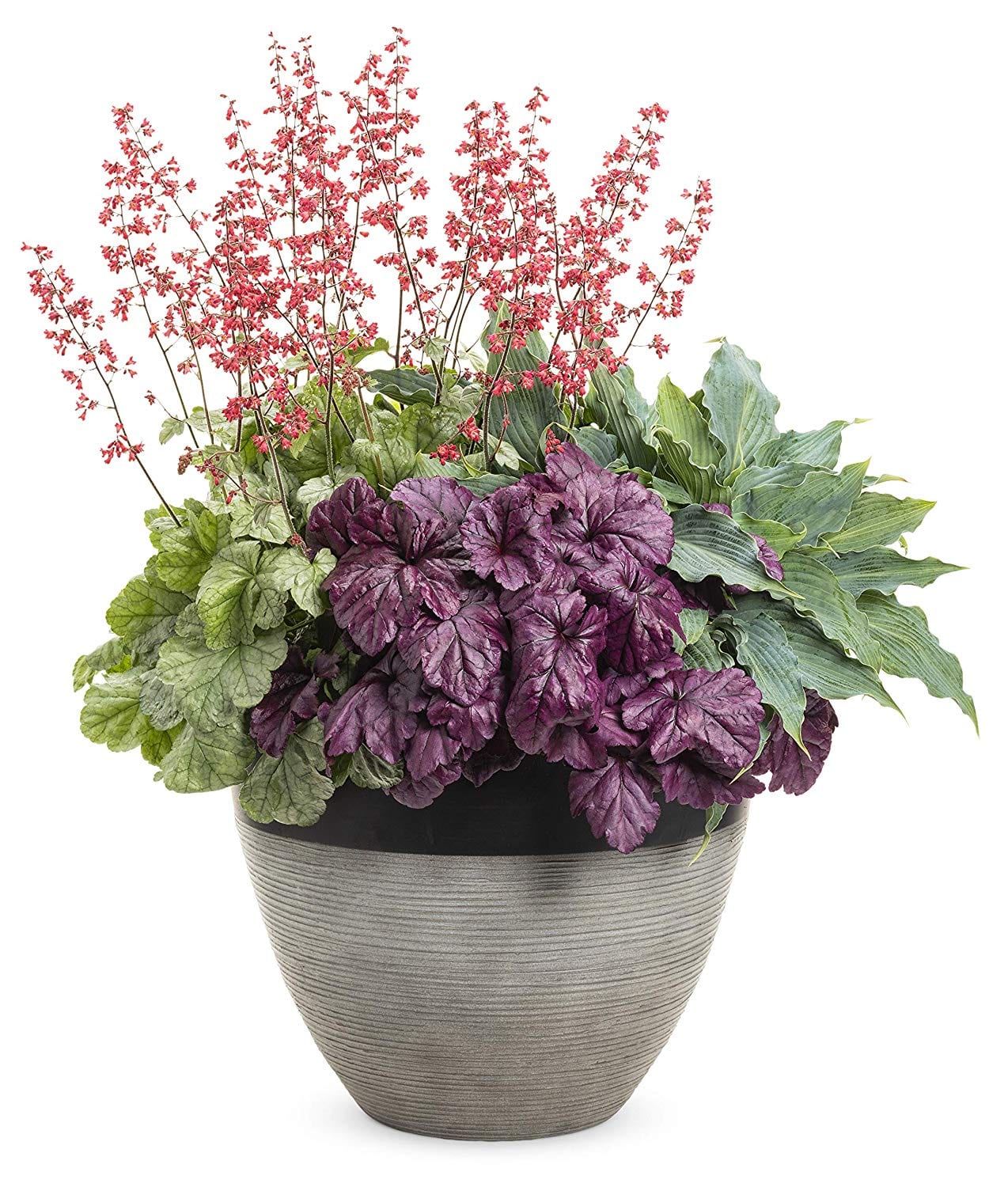Garden Flowers: Annuals or Perennials?
Perennials vs. Annuals – What Are the Advantages of Each? Choosing the right flowers for a garden can feel like standing at a crossroads. On one side are annuals, bursting with color and energy, but here for only one season. On the other are perennials, steady and reliable, returning year after year with quiet grace. … Read more

